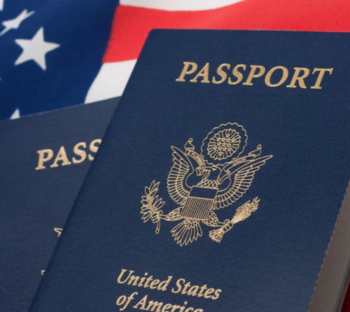President Donald Trump has announced a new investment-based visa program, the “Trump Gold Card,” signaling a significant shift in U.S. immigration policy. This proposed visa would offer wealthy foreign investors a direct path to U.S. permanent residency in exchange for a $5 million investment. While details remain sparse, the initiative is positioned as a means to attract high-net-worth individuals to boost the U.S. economy and address the national debt.
What Is the Trump Gold Card?
The Trump Gold Card is a proposed alternative to the existing EB-5 Immigrant Investor Program. Under this new plan, investors who contribute $5 million would receive U.S. permanent residency, with the potential for a streamlined path to citizenship. Unlike the EB-5 program, which requires investments to create jobs, the Gold Card appears to focus primarily on direct financial contributions.
Key Differences from the EB-5 Program
The EB-5 program, in place since 1990, allows foreign investors to obtain green cards by investing in U.S. businesses that create at least 10 full-time jobs. It currently requires a minimum investment of $800,000 to $1.05 million, depending on the project location. In contrast, the Trump Gold Card proposes a significantly higher investment threshold of $5 million but does not explicitly require job creation.
Potential Economic Impact
The Trump administration claims that the Gold Card program could generate trillions in revenue, benefiting the U.S. economy through taxation, real estate purchases, and business investments. If widely adopted, the initiative could increase foreign capital inflows and create economic ripple effects in key industries. However, analysts note that implementation details, including security vetting and investment structuring, remain uncertain.
Legal and Legislative Considerations
While the president has broad authority over immigration policy, implementing a new visa category typically requires congressional approval. The EB-5 program, for example, was established through legislation and has undergone periodic reauthorization. The Gold Card’s introduction may face legal scrutiny and potential legislative hurdles, particularly concerning its implications for broader U.S. immigration policy.
Global Comparisons and the Role of Caribbean Citizenship
Investment-based immigration programs exist worldwide, with countries like Portugal, Canada, and Greece offering residency options for foreign investors at significantly lower thresholds. The Trump Gold Card’s $5 million price tag would make it one of the most expensive investment visa programs globally, potentially attracting only a niche group of ultra-high-net-worth individuals.
Notably, Caribbean nations such as Antigua & Barbuda, St. Kitts & Nevis, and Dominica offer some of the most well-established and cost-effective citizenship-by-investment (CBI) programs. With minimum investments starting at $200,000, these programs provide visa-free travel benefits and second citizenship without requiring residency. Given the growing demand for mobility and tax optimization, many investors may continue to favor Caribbean CBI programs over the Trump Gold Card, particularly those seeking a more affordable and efficient alternative to U.S. residency.
Next Steps and Industry Reactions
The investment migration industry is closely monitoring the proposal’s developments. If implemented, the Gold Card could alter the landscape of U.S. residency-by-investment options, potentially coexisting with or replacing the EB-5 program. Stakeholders, including legal experts and economic analysts, await further clarification on policy specifics and legislative requirements.
For now, the Trump Gold Card remains a proposal. Whether it materializes into a viable immigration pathway will depend on legislative approvals, economic feasibility, and market interest from global investors.
For more information on investment migration options, particularly when it comes to Caribbean citizenship programs, reach out to our team at Citizens International.


